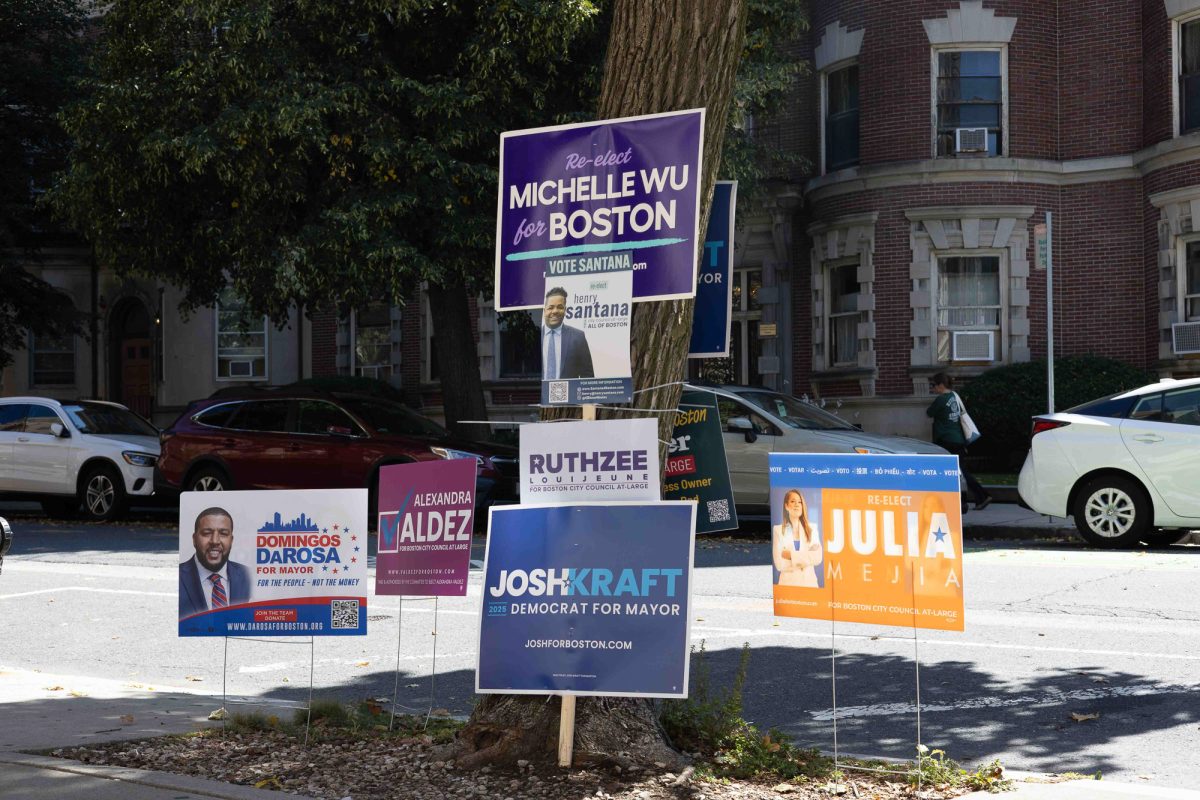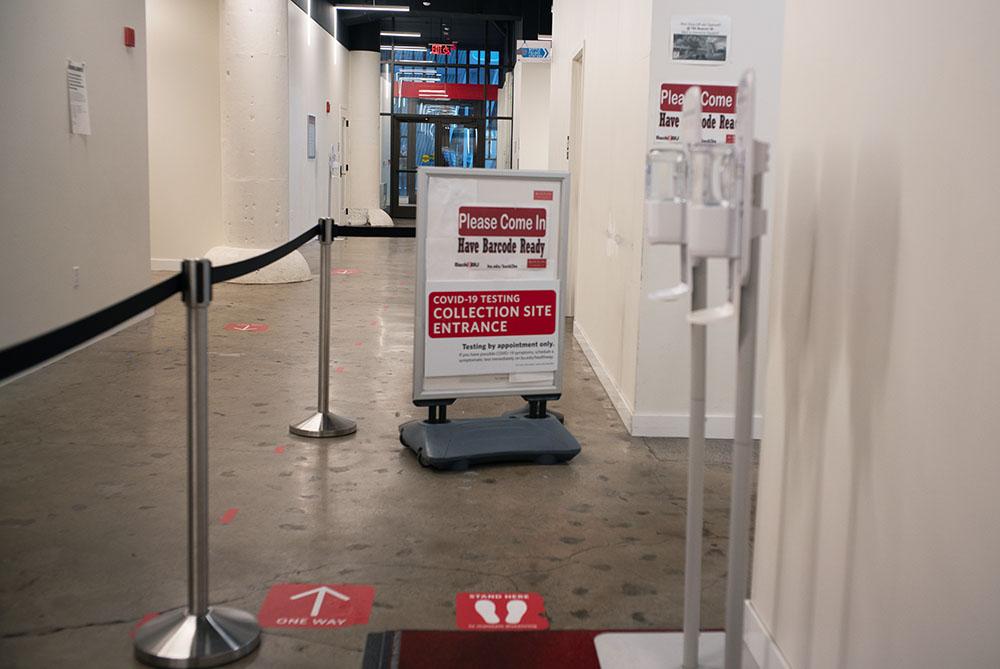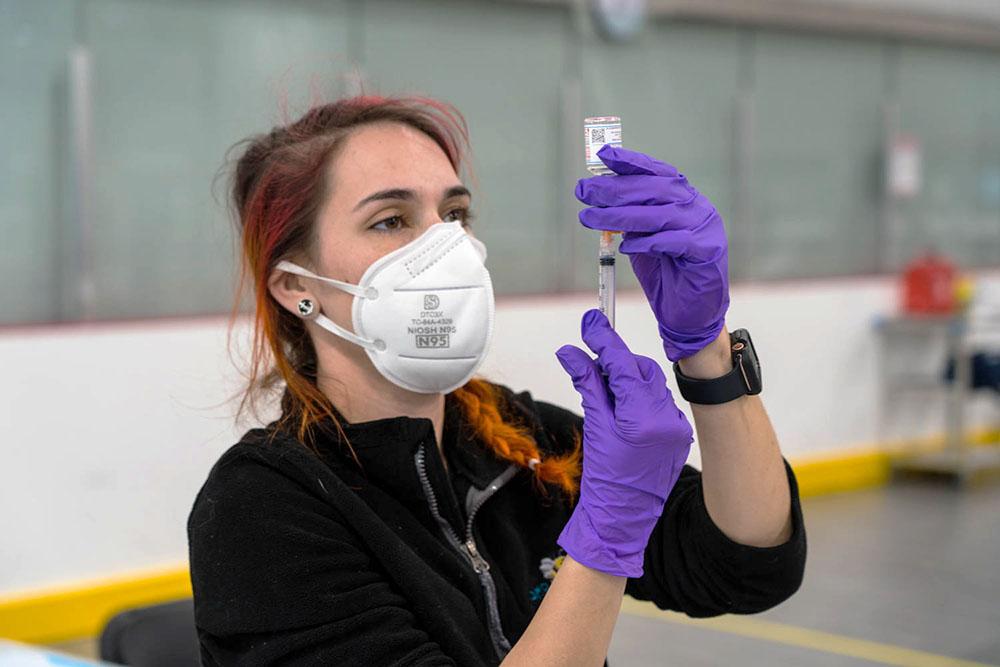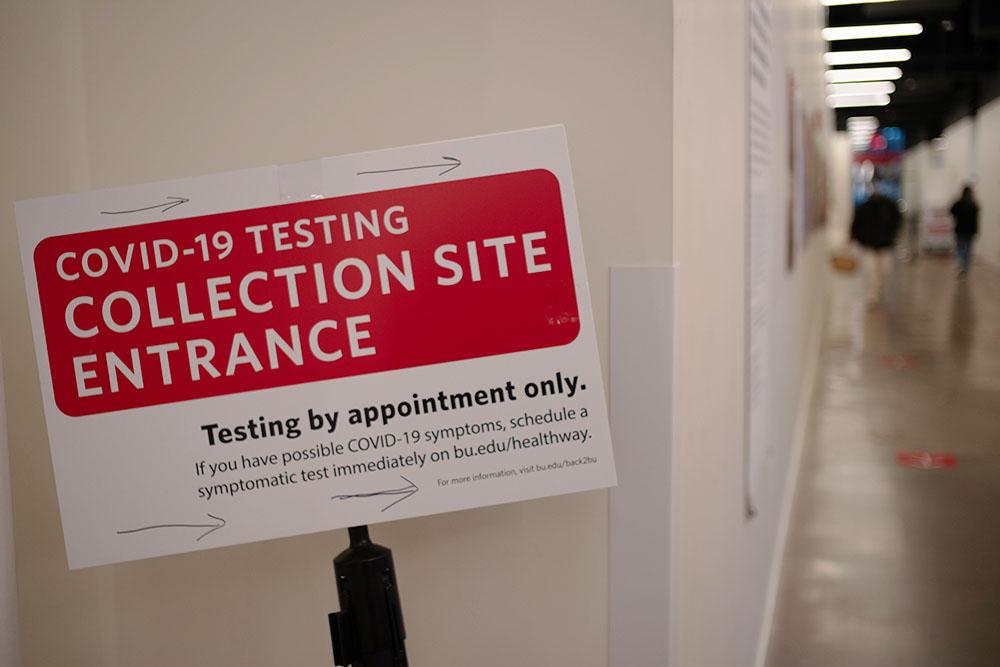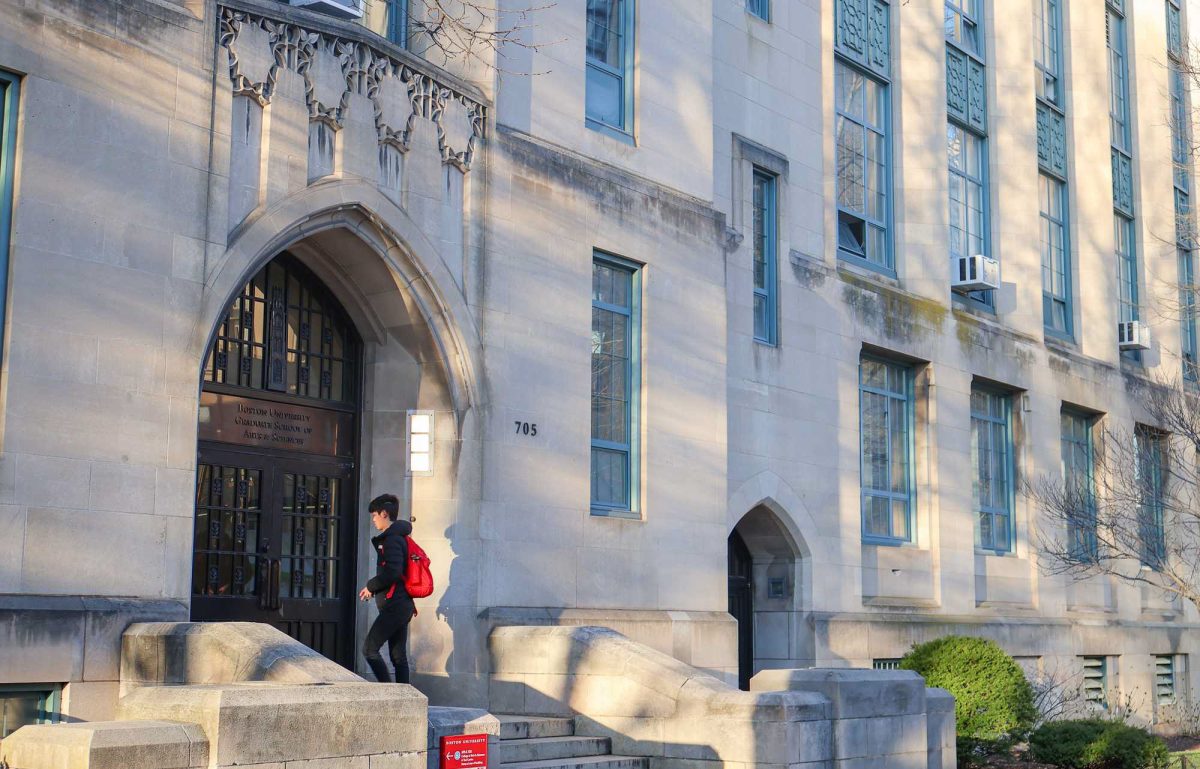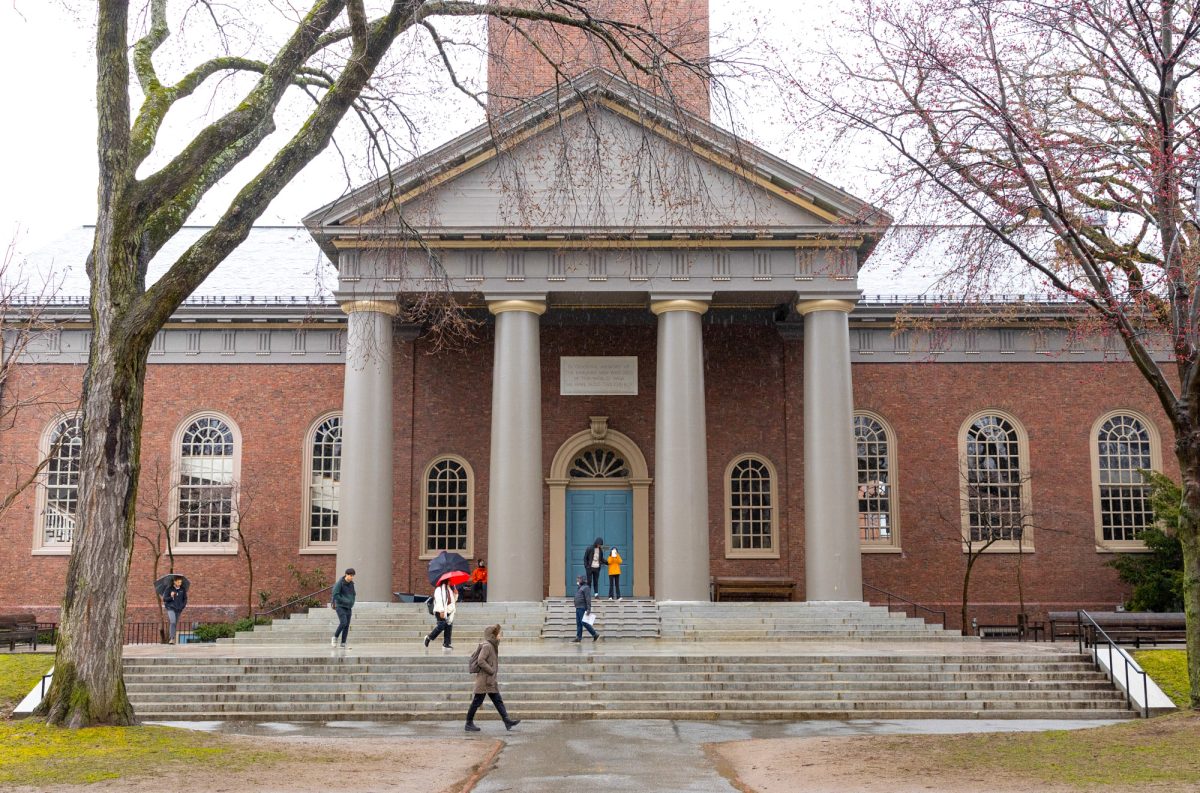Boston Public Schools will start this academic year virtually because of the ongoing pandemic on Sept. 21. The district will then try to gradually transition into in-person classes in October and November.
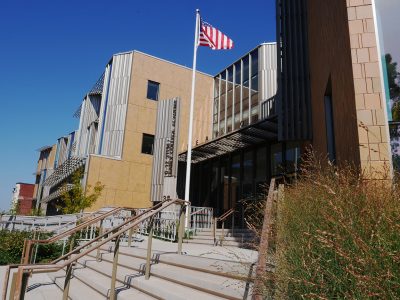
Students will later be able to choose between fully online classes and a hybrid learning model, in which they would attend in-person lessons two days per week. Hybrid classes will be offered on a rolling basis by grade level, although priority will be granted to those with the highest needs, according to BPS.
The decision to prioritize certain students was made because the abrupt closure of public schools in March left some of the district’s most vulnerable students struggling to keep up.
Students in special education were among the hardest hit, said Kevin Murray, executive director of Massachusetts Advocates for Children.
“To me, it’s impossible to think about reaching those students in a remote environment,” Murray said.
He added that three or four days of in-person learning would be ideal for students in special education.
Schools that enroll only those with special education needs will be permitted to bring back all students for up to the full four days per week, Xavier Andrews, director of communications at BPS, wrote in an email.
Otherwise, if space is available at the rest of its schools, BPS will also reach out to the district’s most vulnerable students to discuss the possibility of attending more than two days of school in person each week.
Meghan Gallagher, a single mother whose son attends Josiah Quincy Elementary School with an individualized education program, said that without in-person classes, she saw her son “regress” in March.
“He’s not being treated for his ADHD at the moment,” Gallagher said. “He’s not getting those deliverables, because they have to be done in a social setting.”
BPS currently plans to fully implement IEPs in the fall with accommodations when necessary, Andrews wrote.
However, Gallagher said the loss of a traditional classroom and schedule makes it inherently difficult to plan meetings with behavior specialists while developing her son’s social skills.
“He had a really good continuity with his teacher,” Gallagher said. “I didn’t want [the treatments] to disrupt that flow.”
Gallagher said her son struggles with transitions between activities. Scheduling virtual behavioral treatment after a full day of online classes, she said, is no easier.
“After one o’clock, he’s cooked,” Gallagher said. “It’s four hours on a computer screen.”
Murray said language barriers and unreliable internet access make learning from home especially difficult for many BPS students.
45 percent of BPS students do not speak English as a first language. Among these students, 32 percent of the district’s total enrollment are classified as “limited English proficient” or “English learners,” as reported by the BPS Communications Office.
Remote learning is particularly challenging for these students, Murray said, as they may lack assistance at home.
Of the more than 53,000 students enrolled in public schools for the 2019-2020 school year, at least 4,500 lacked regular access to a fixed home address, according to the BPS report.
Since March, BPS has distributed more than 32,400 Chromebooks and 2,600 portable Wi-Fi hotspots to students without reliable internet access, Andrews wrote. He added that the district plans to distribute another 1,400 hotspots and is working with local internet providers to better address the needs of students with limited access.
The Boston Public Library recently announced two programs to boost internet access among residents, which will provide additional benefits to students in need, said Kurt Mansperger, chief technology officer at BPL.
The BPL’s new Outdoor Wi-Fi Program will provide 24-hour internet access outside nine locations, allowing students to work while physically distancing.
BPL will also offer a virtual homework assistance program in the fall, Mansperger said, which will allow students in need of additional help to schedule appointments with mentors.
Even with the difficulties of online special education, Gallagher said she is apprehensive about enrolling her son in in-person classes.
Gallagher said she worries that even with reduced classes, schools will be densely packed. Josiah Quincy has around 800 students, which she said makes physical distancing difficult even with classes halved.
For other families considering the hybrid model, safety remains a major concern, Murray said. He added that families most in need of in-person classes also tend to be those most threatened by the pandemic.
“All these families are caught between a rock and a hard place,” Murray said. “They’ve already had the experience of spring remote learning, and for many of them, they know that was a disaster, but they’re also concerned [about virus transmission].”
Murray said many children from these households may also have elderly or otherwise immunocompromised family members, and going to school means a student could potentially bring back a “death sentence” for those individuals.
Once the school year begins, Gallagher said, she worries the quality of education will also be adversely impacted by COVID-19 protocols.
“With so many guidelines that these teachers have to adhere to, I can’t imagine how much learning is going to be taking place,” Gallagher said. “I just can’t imagine there’s going to be a whole lot going on.”


















































































































